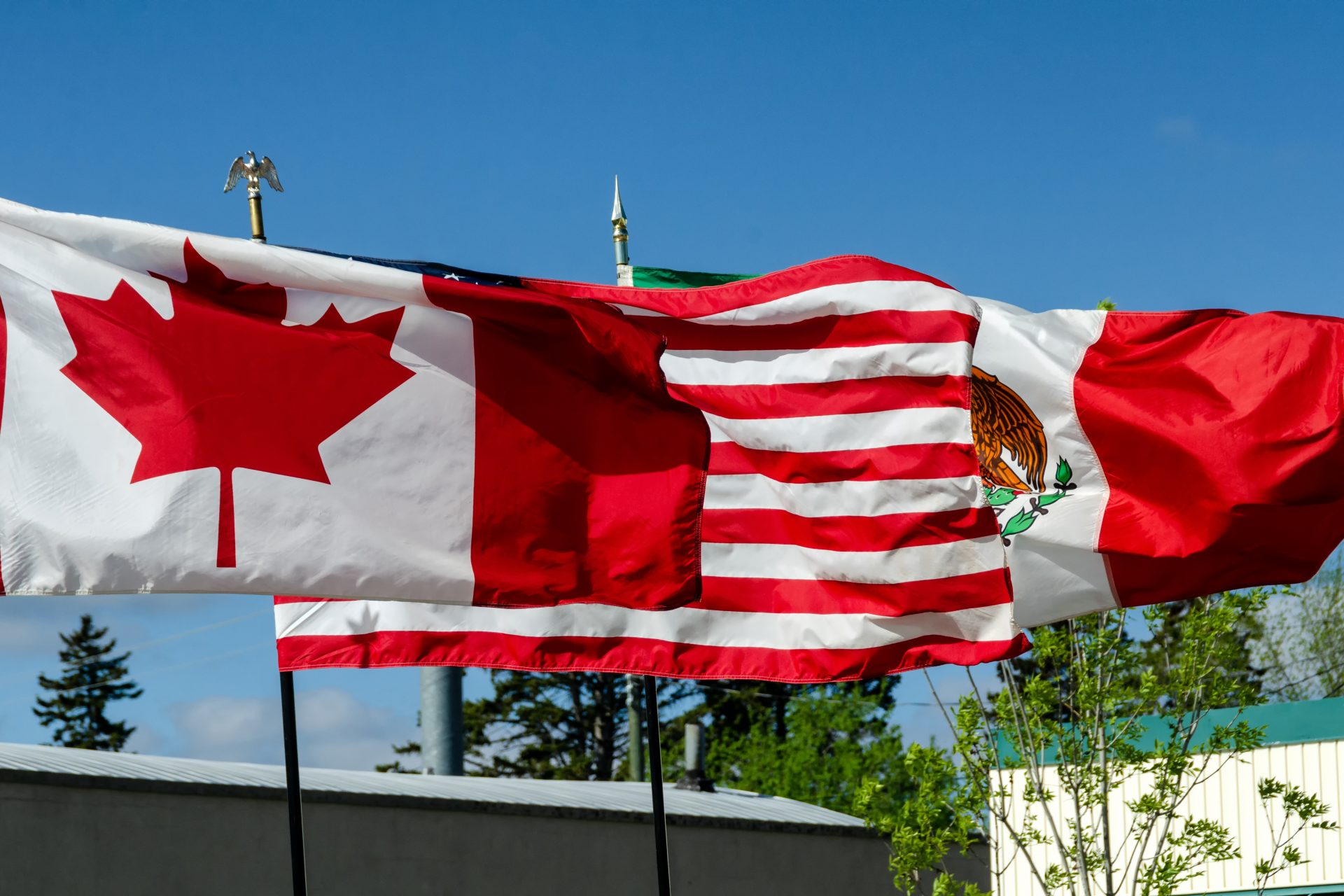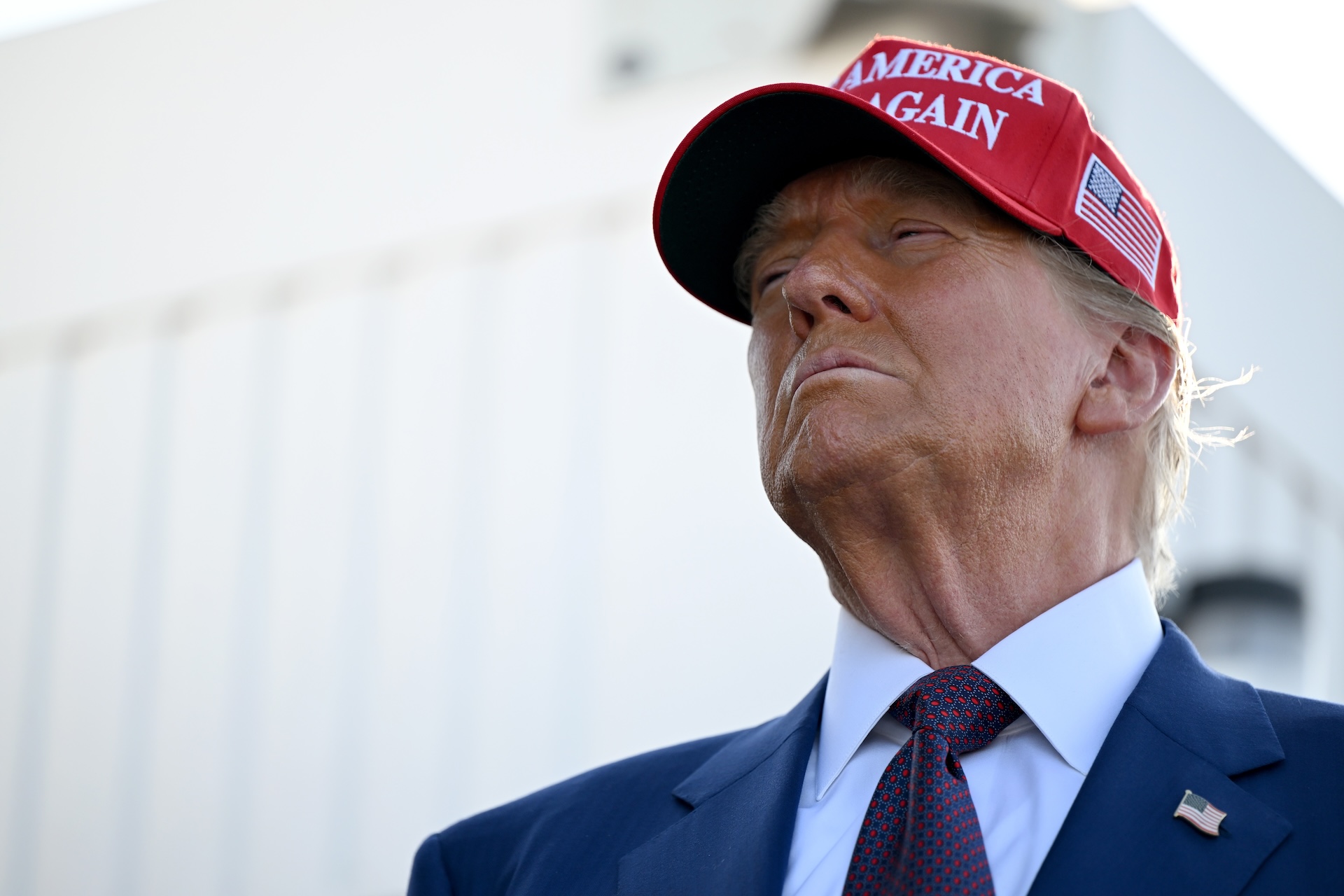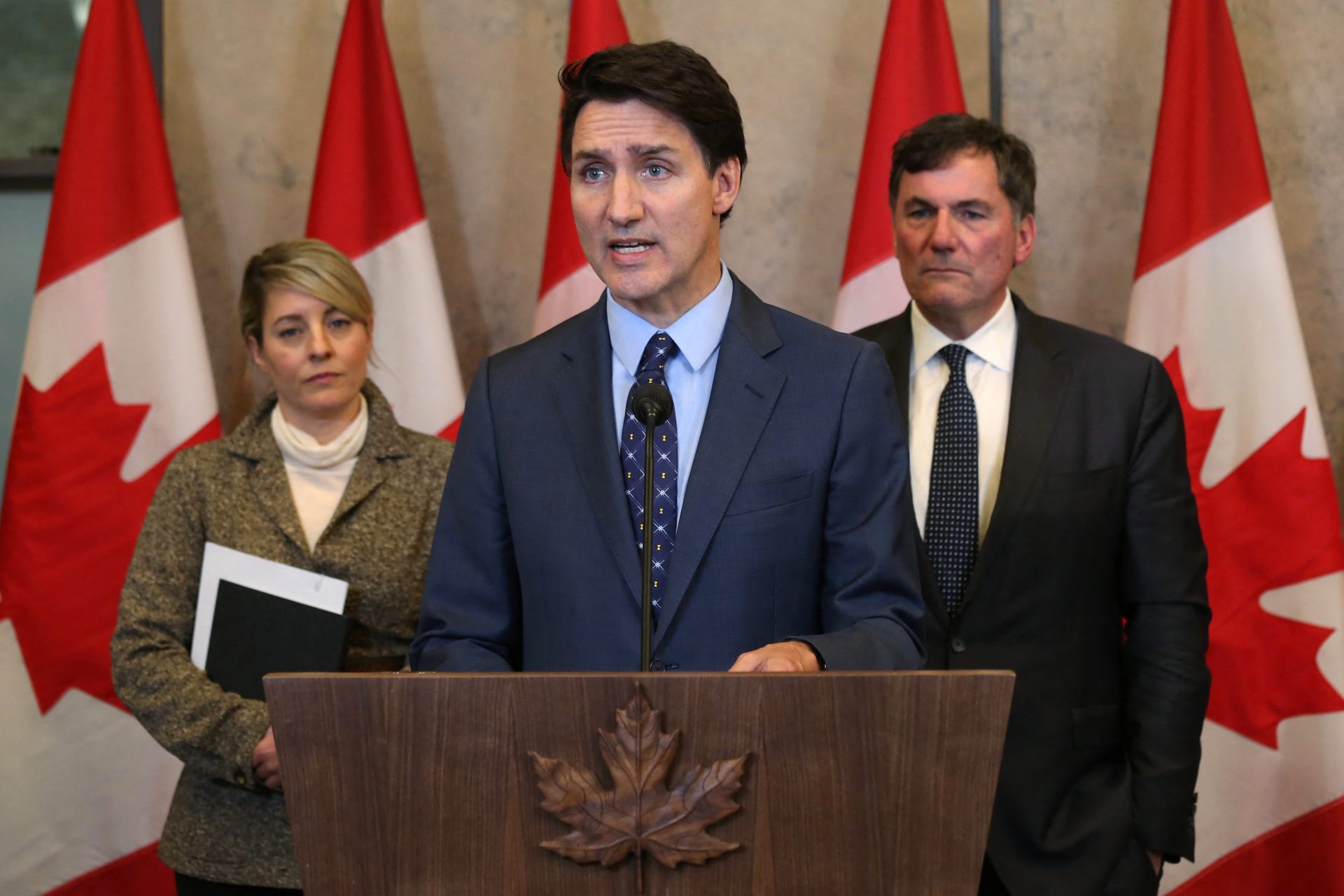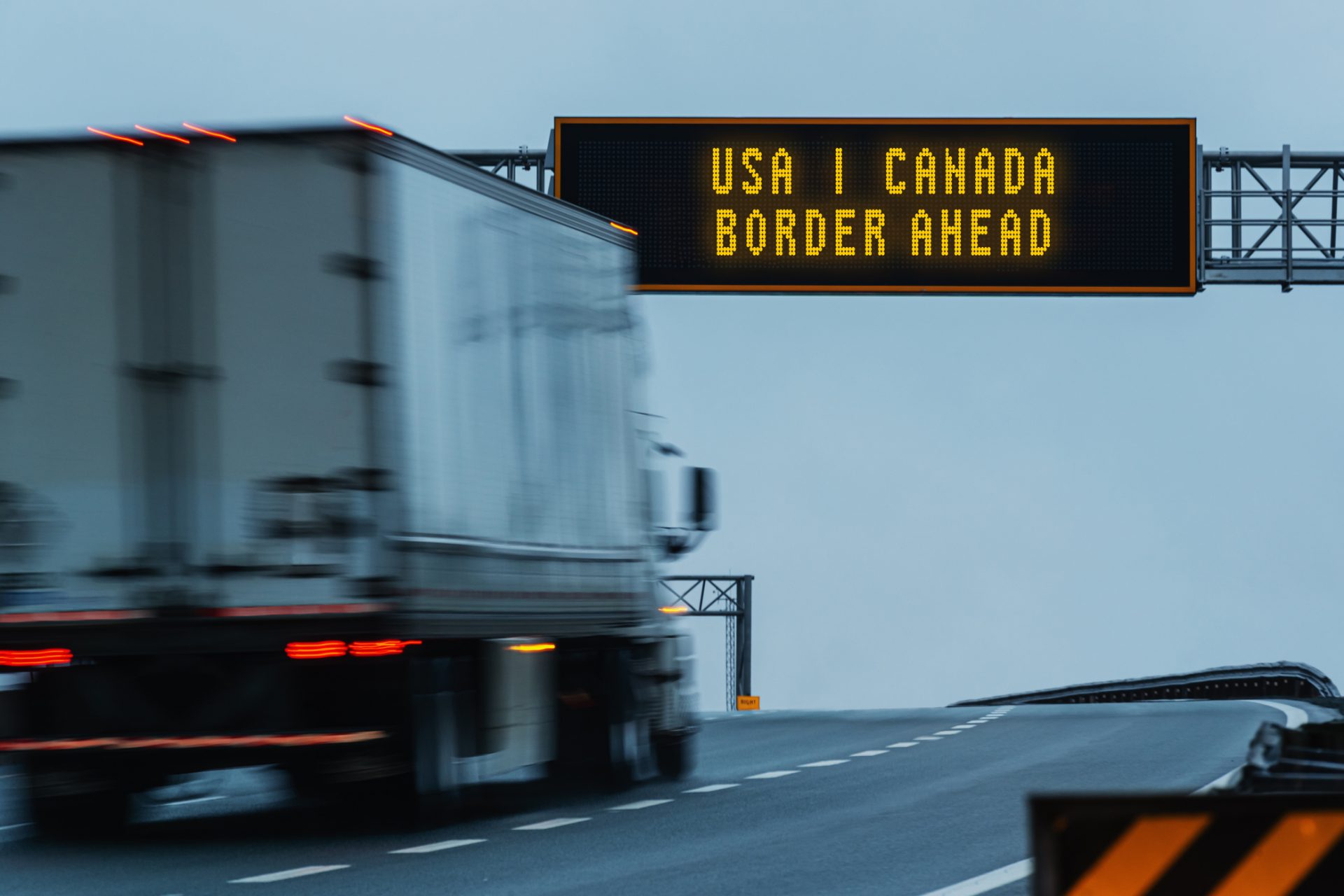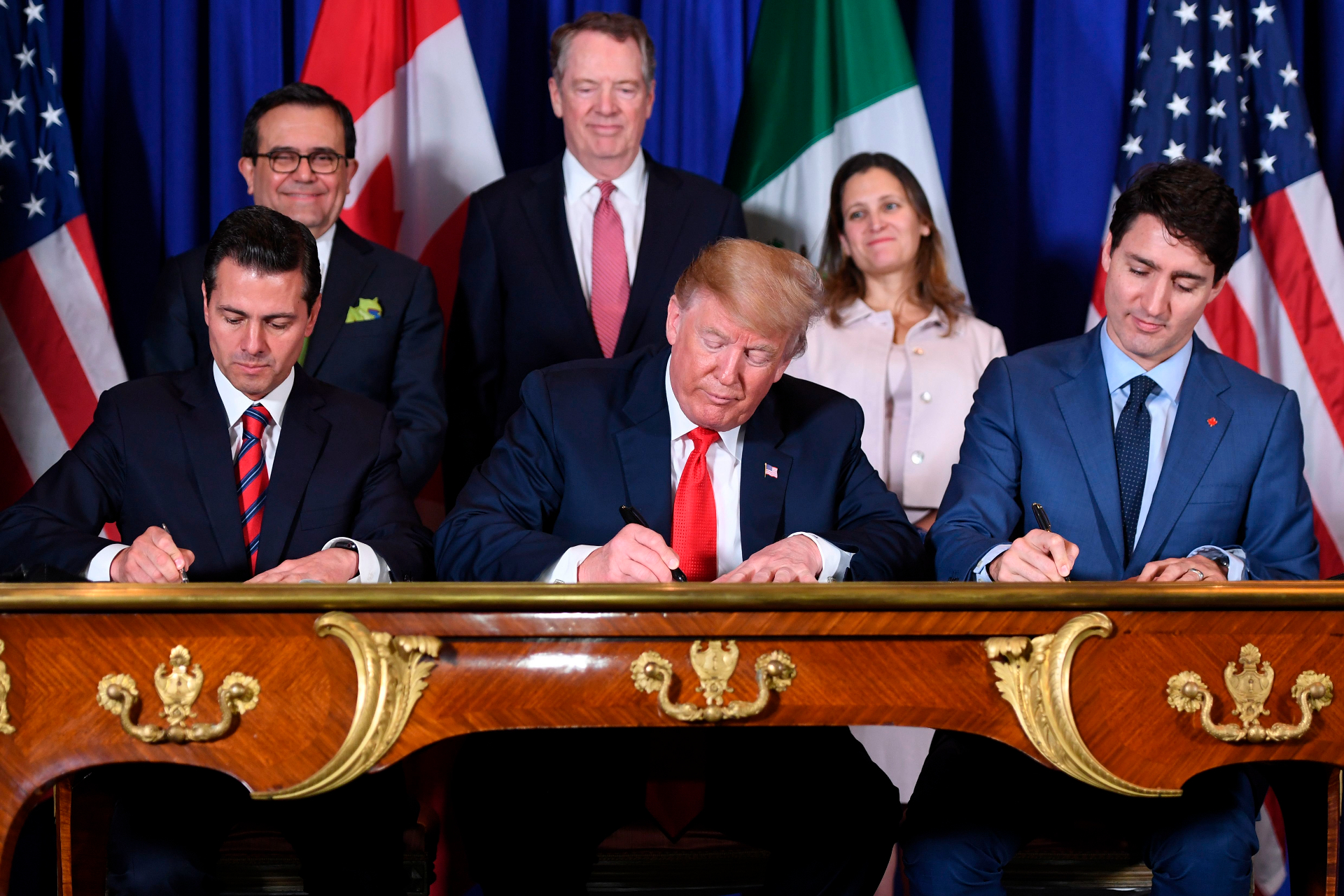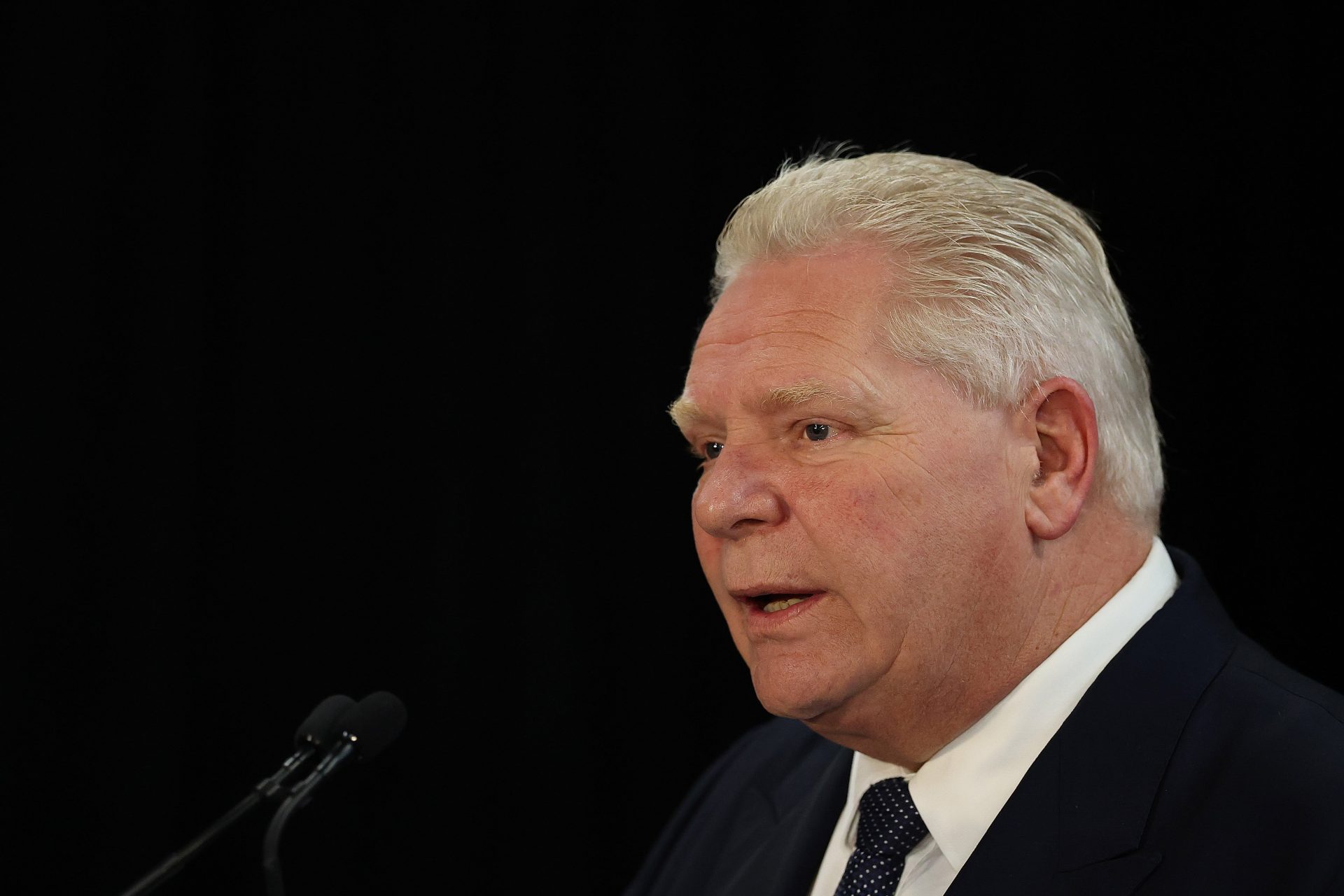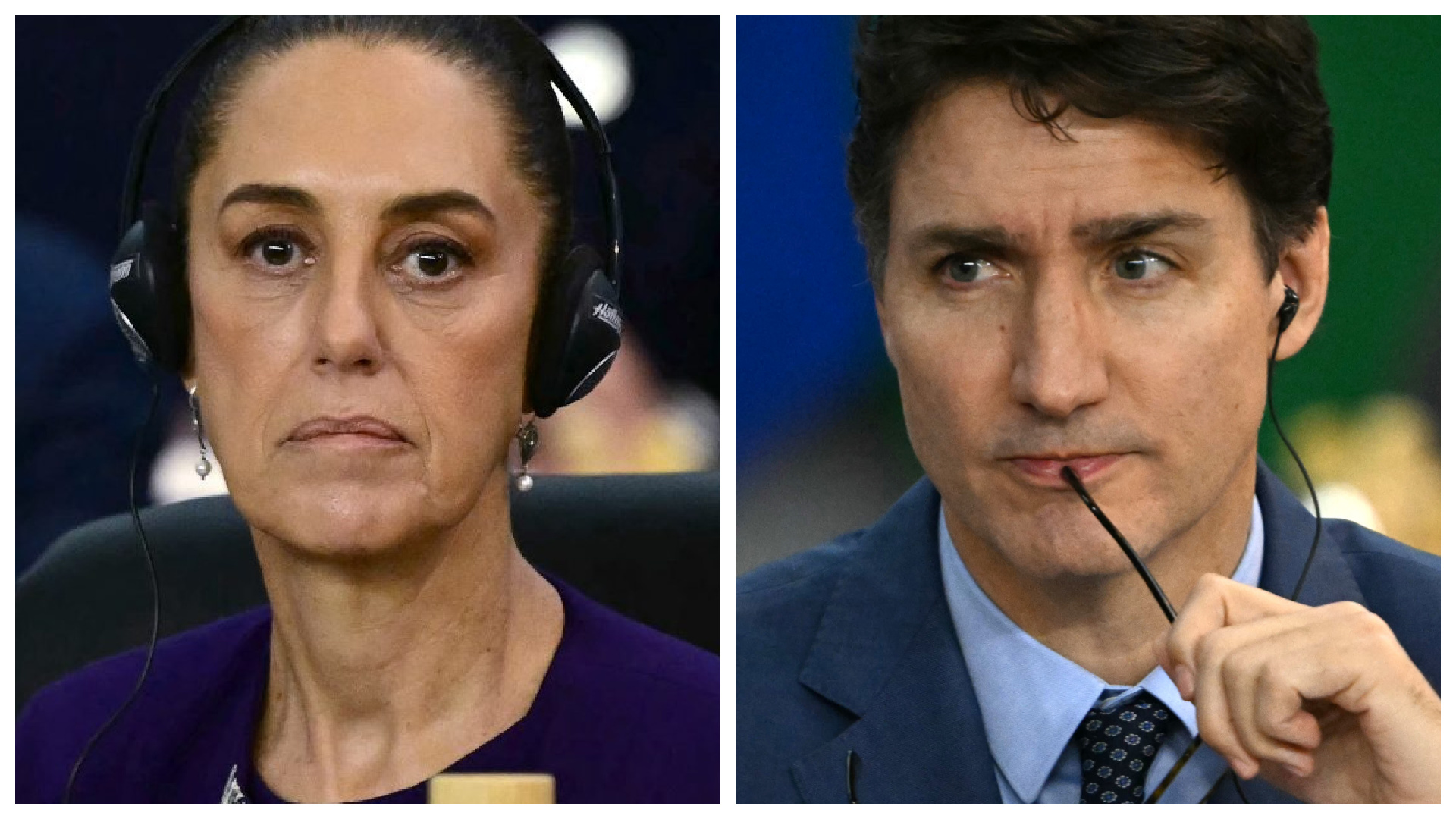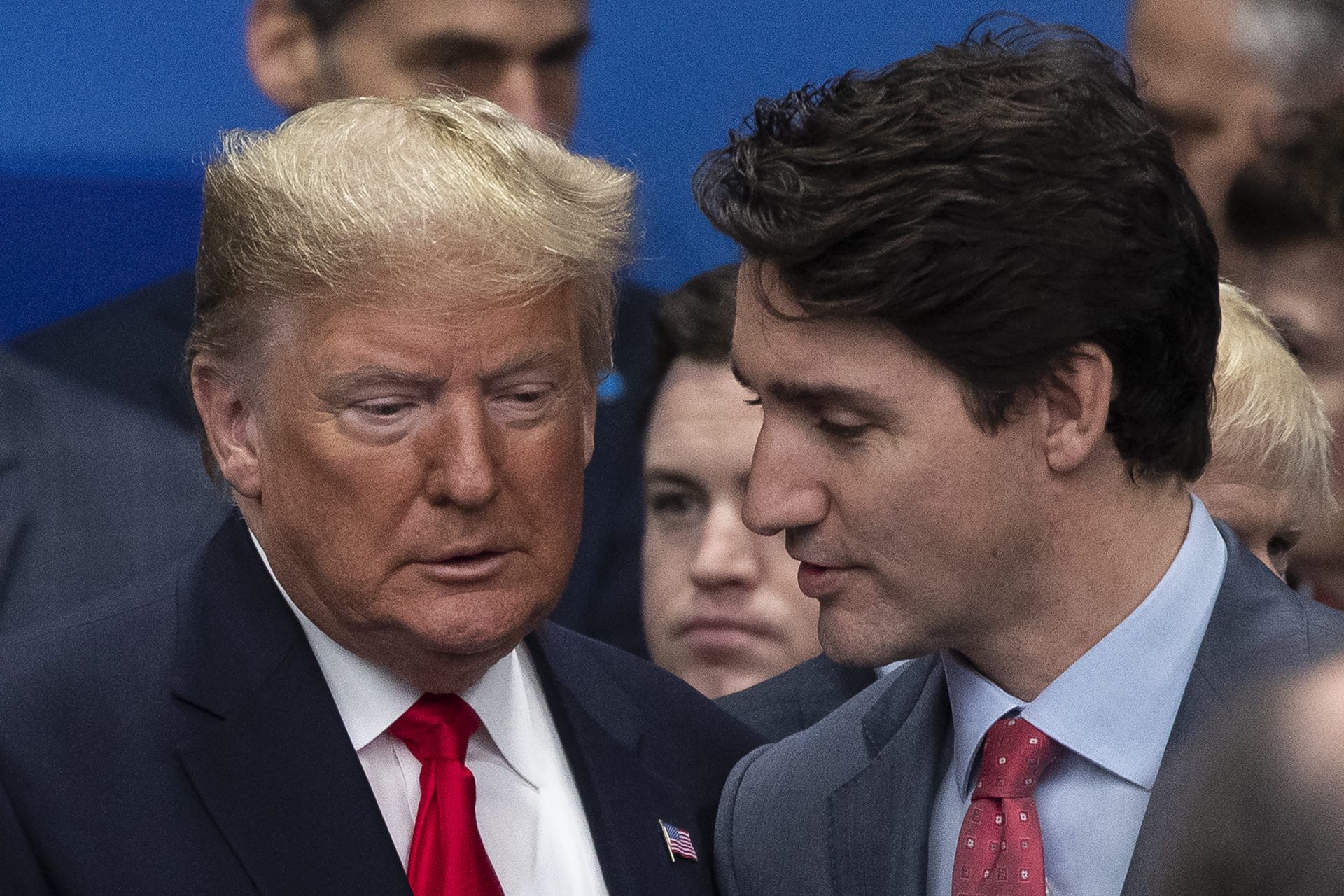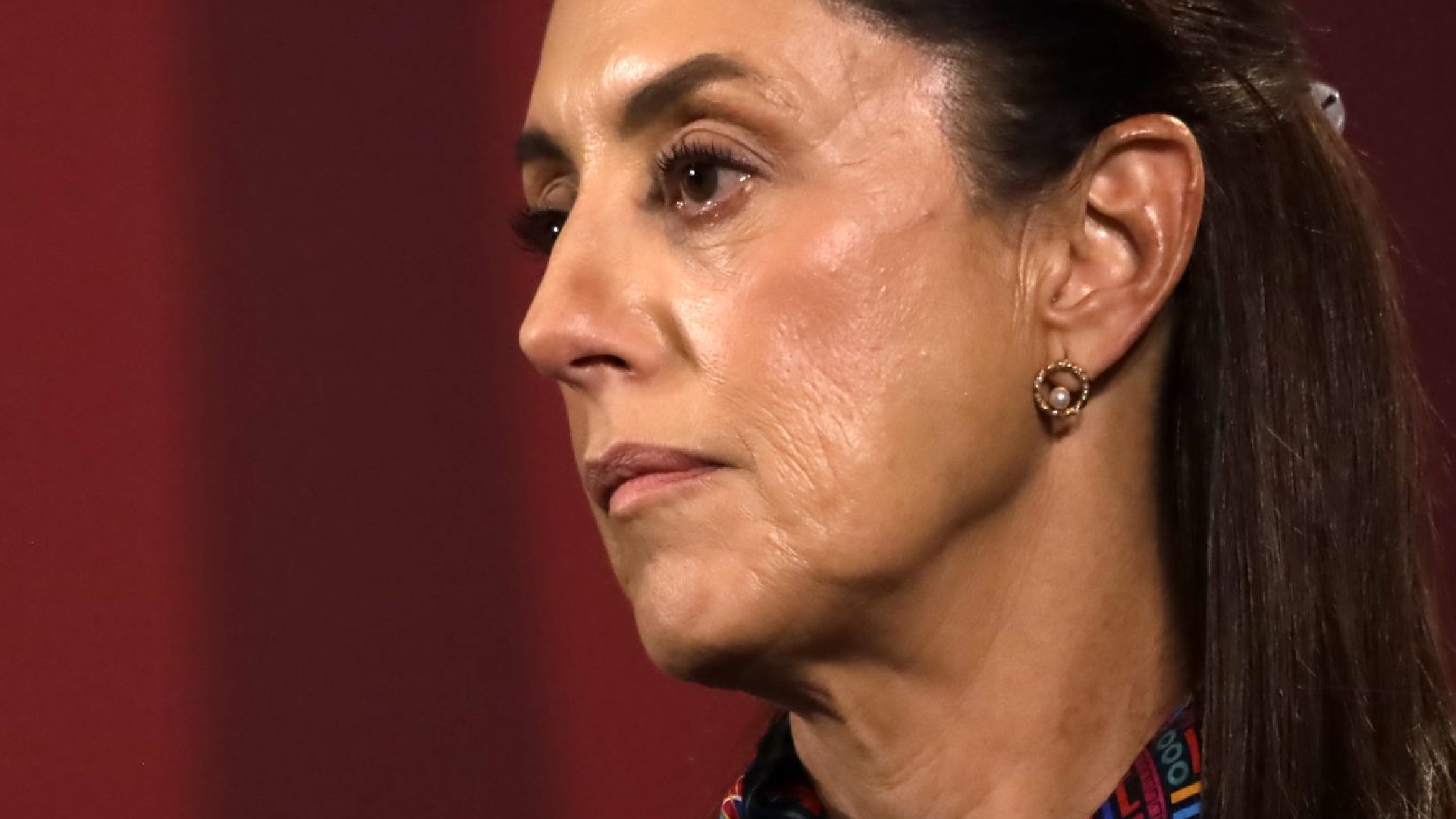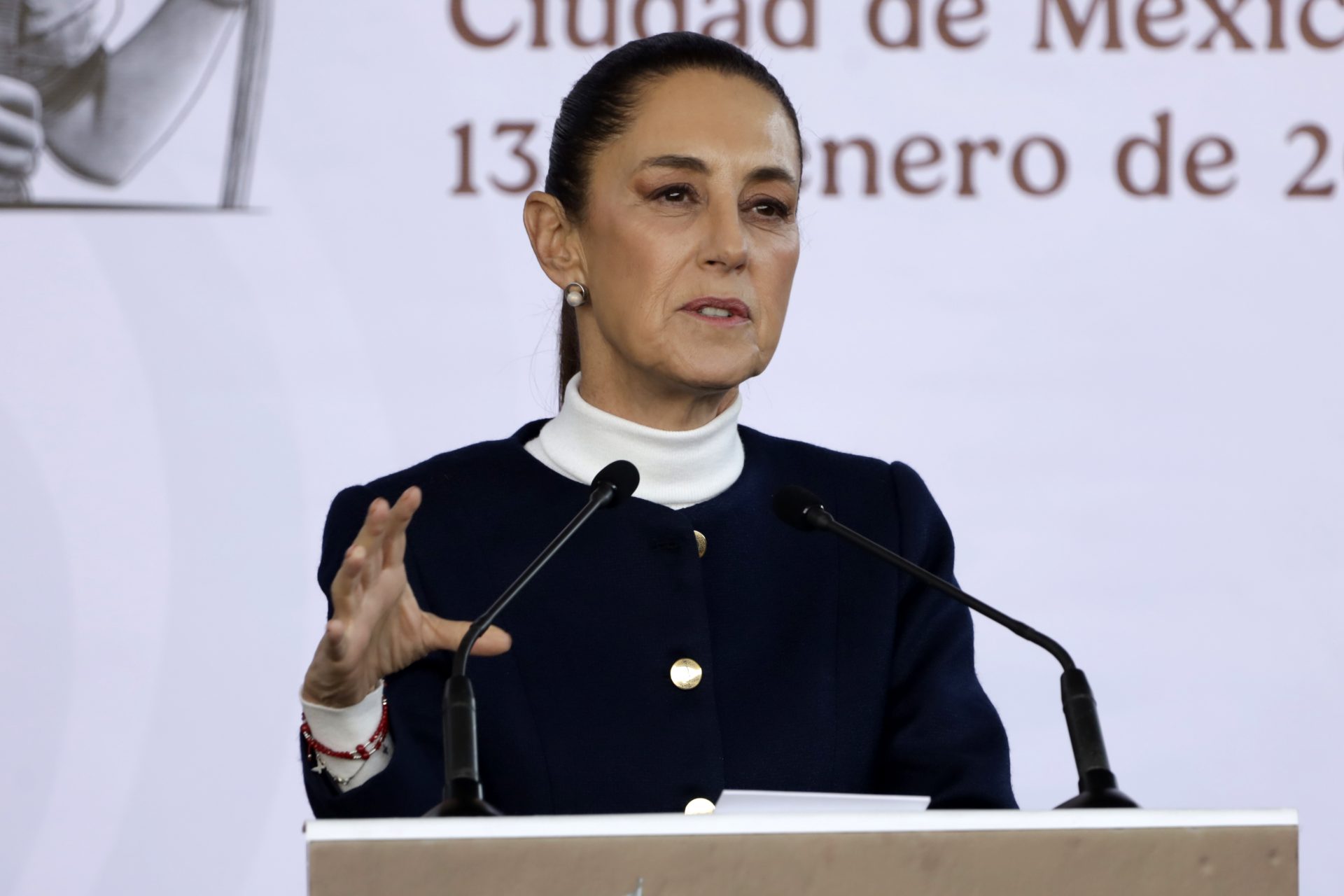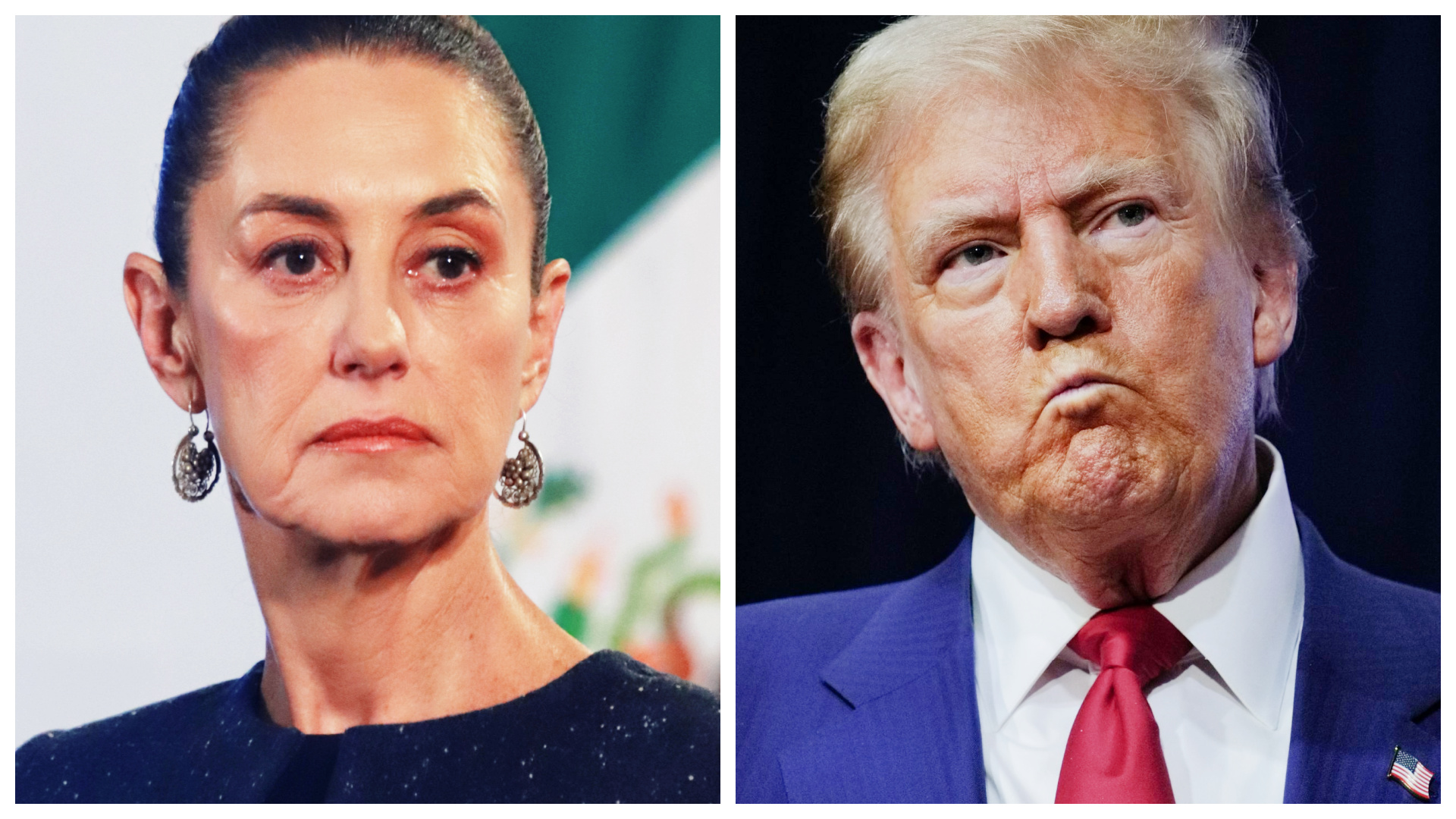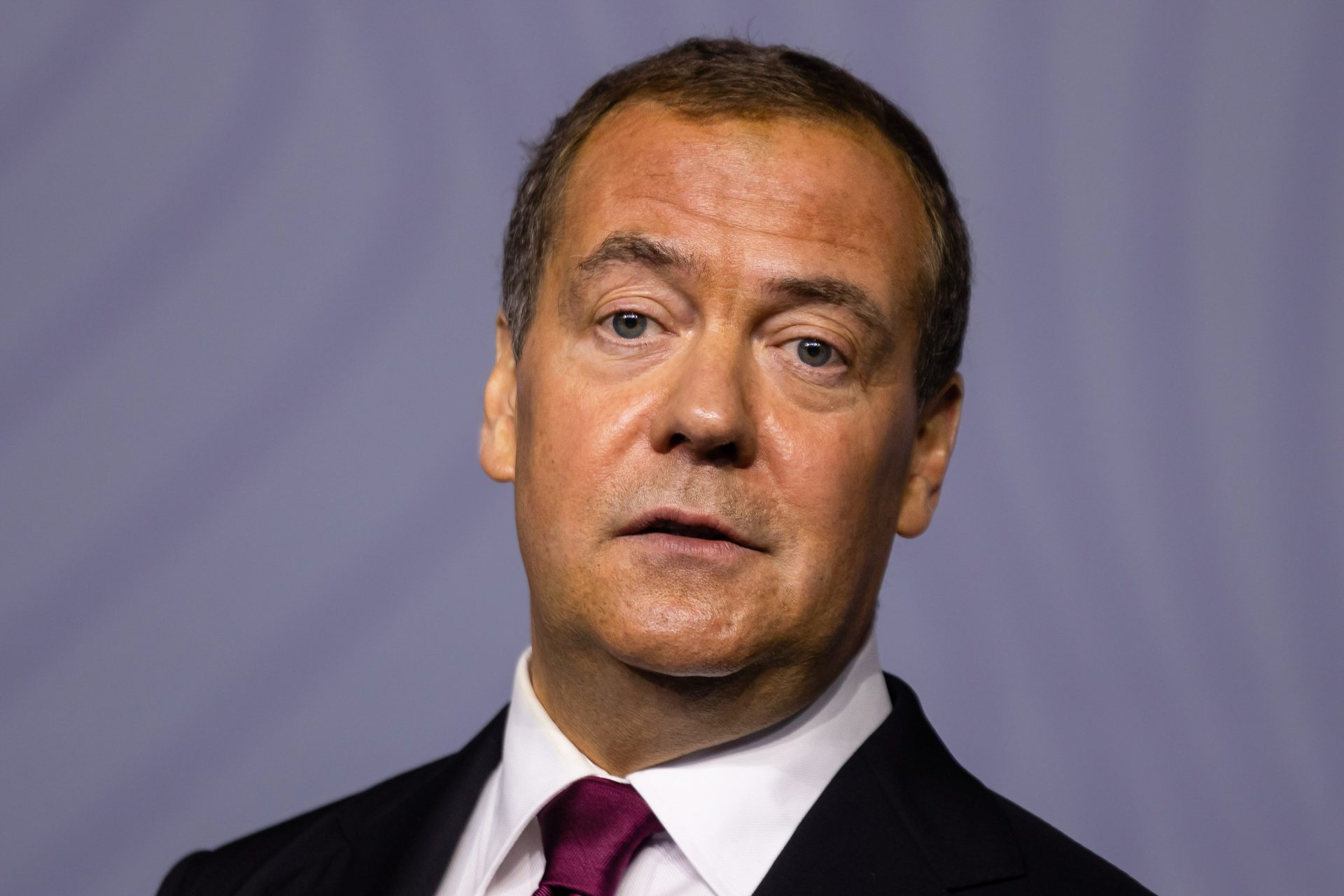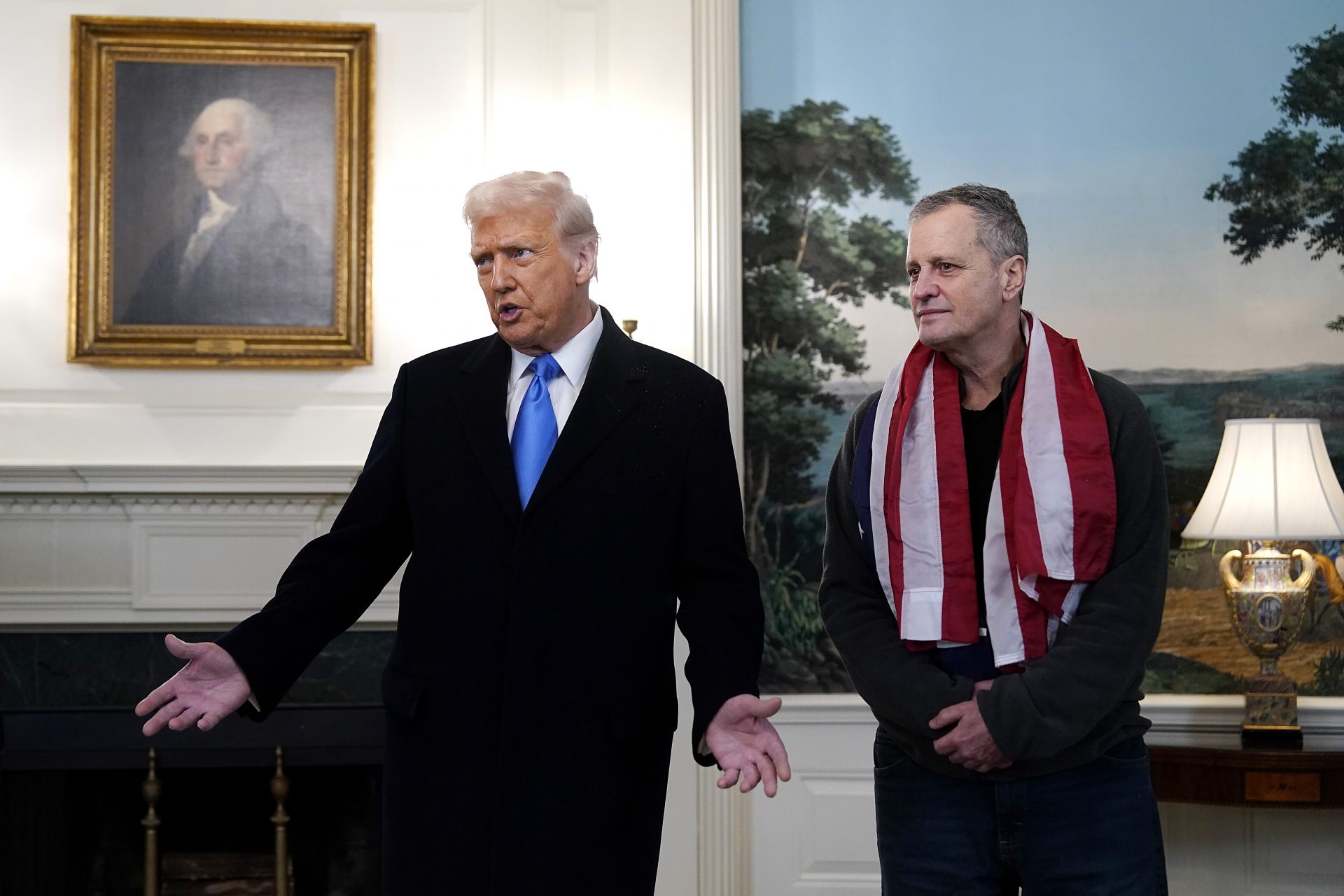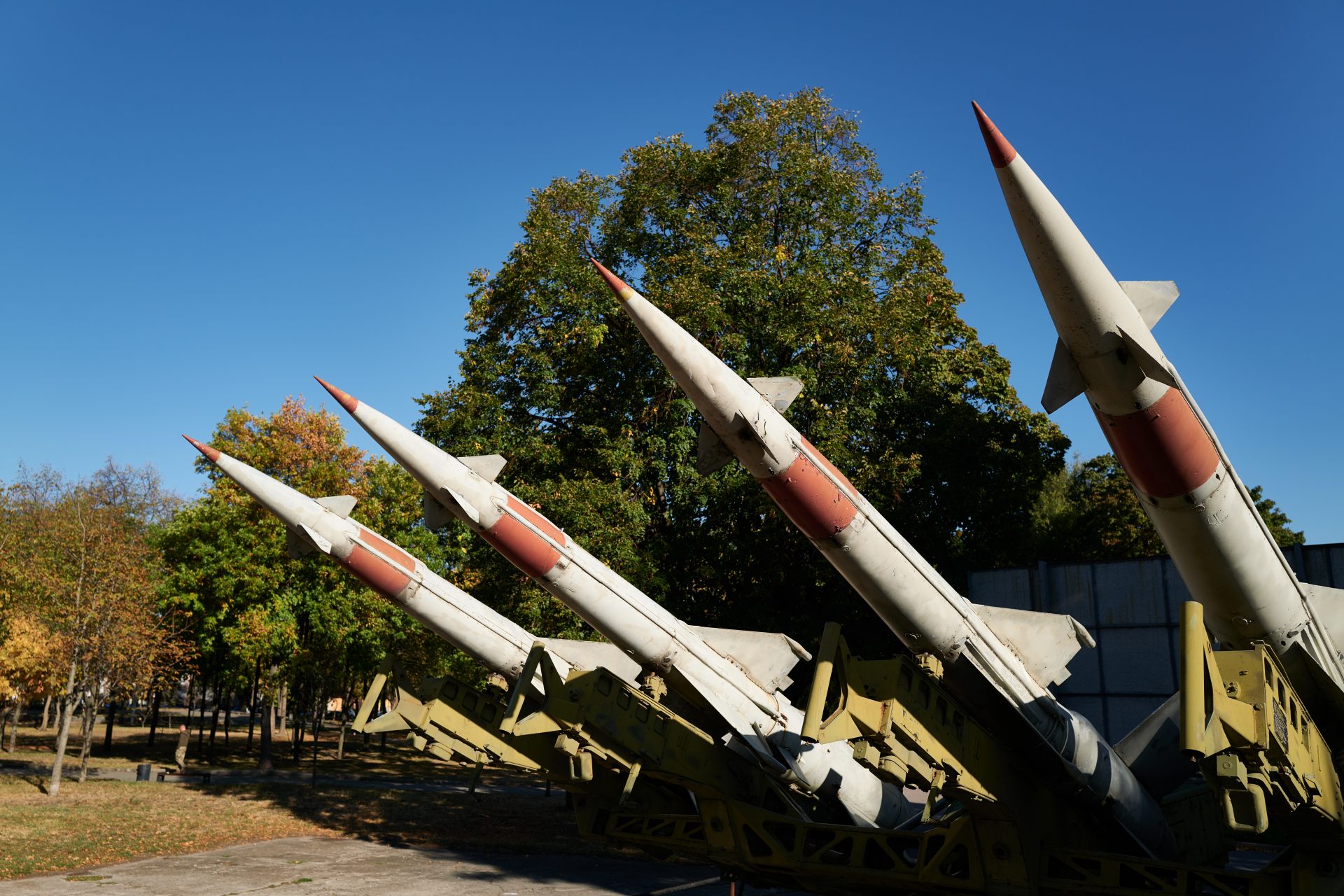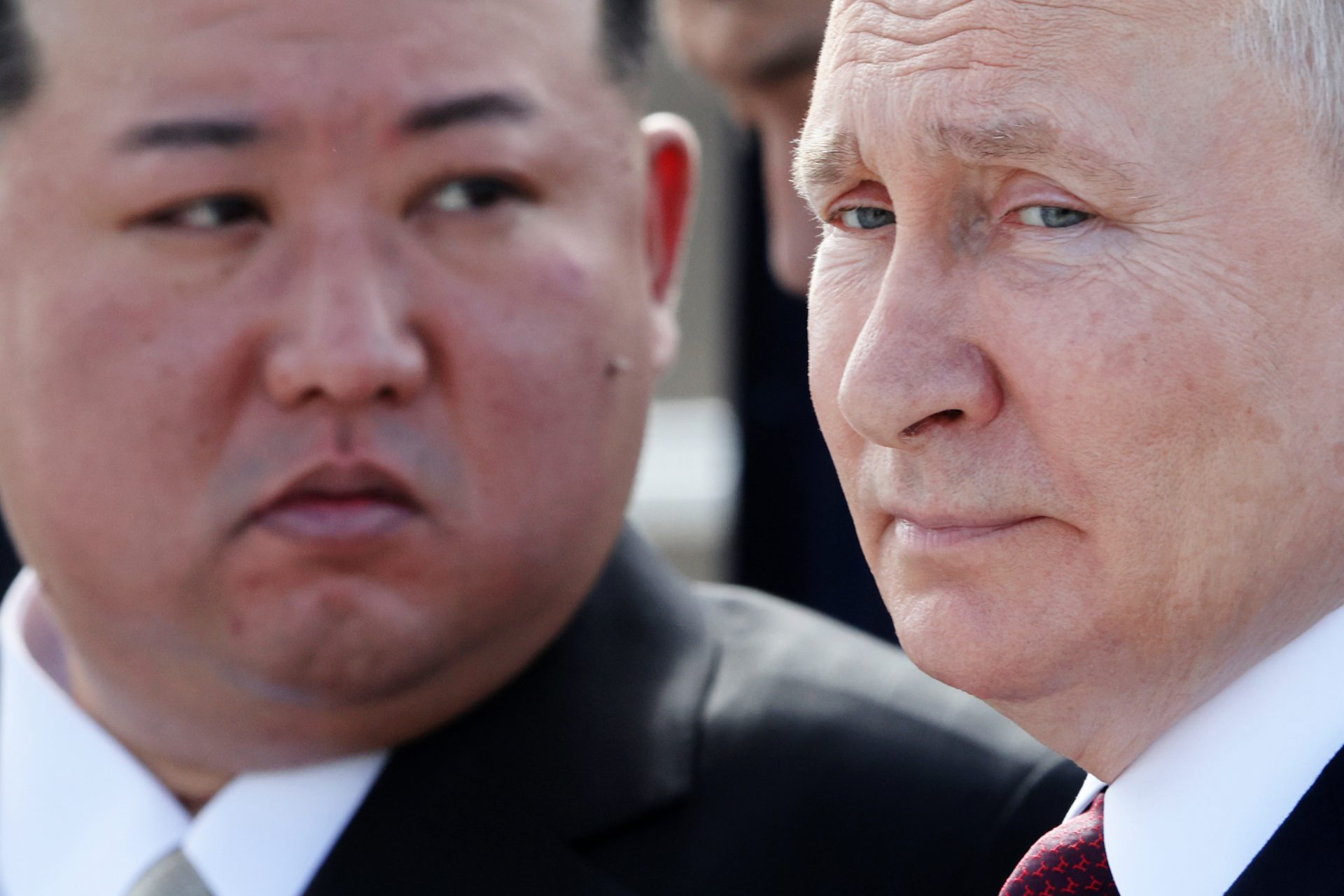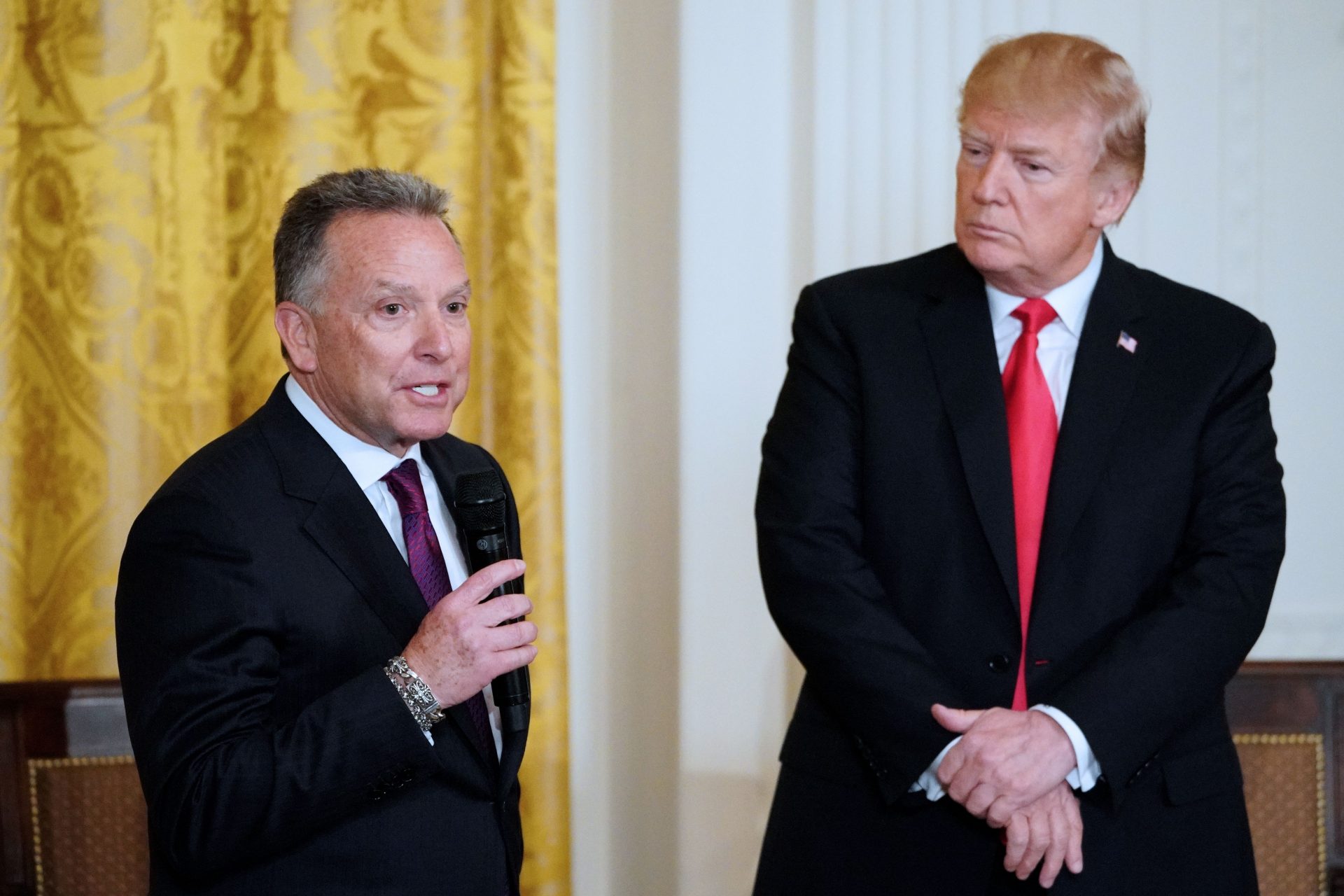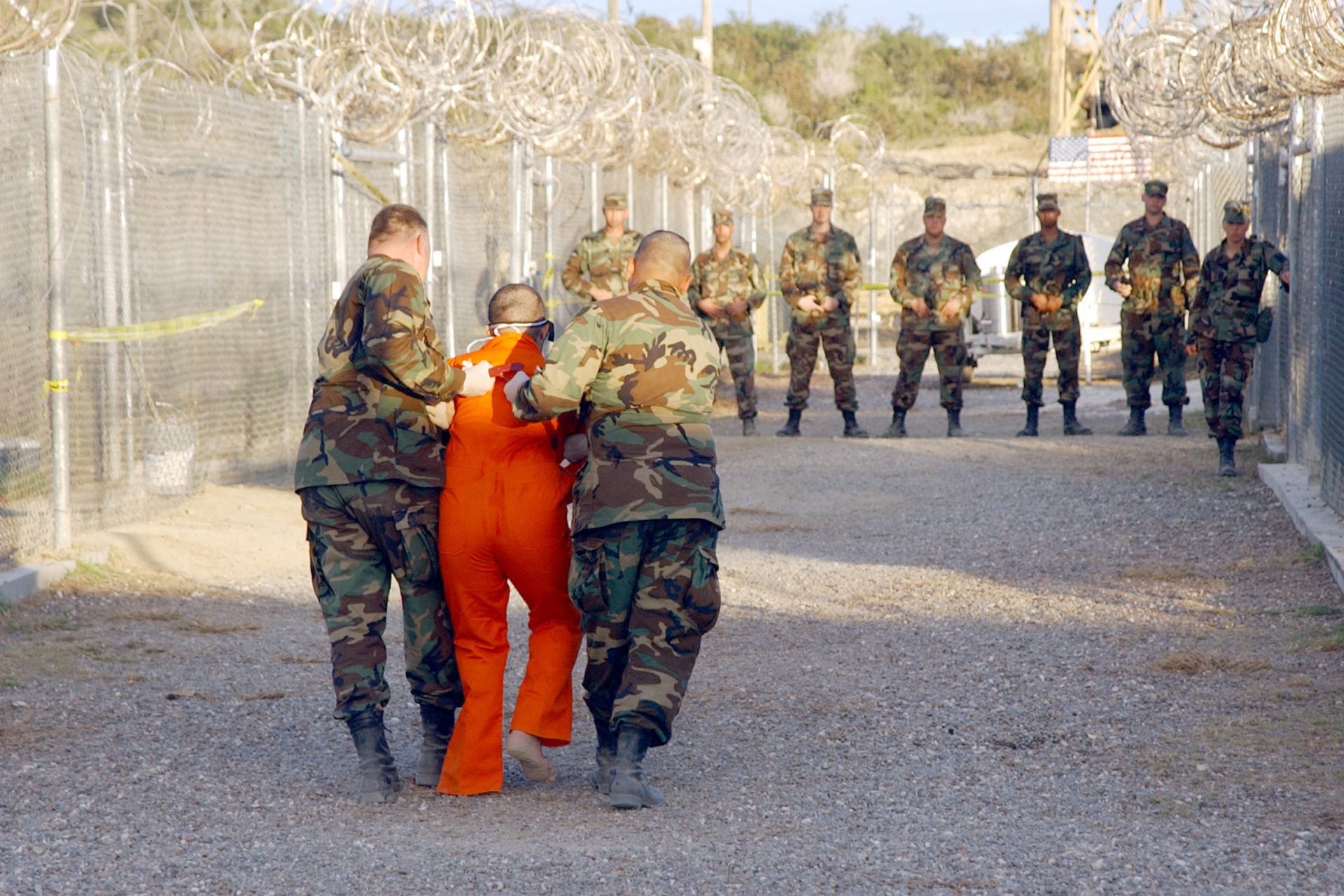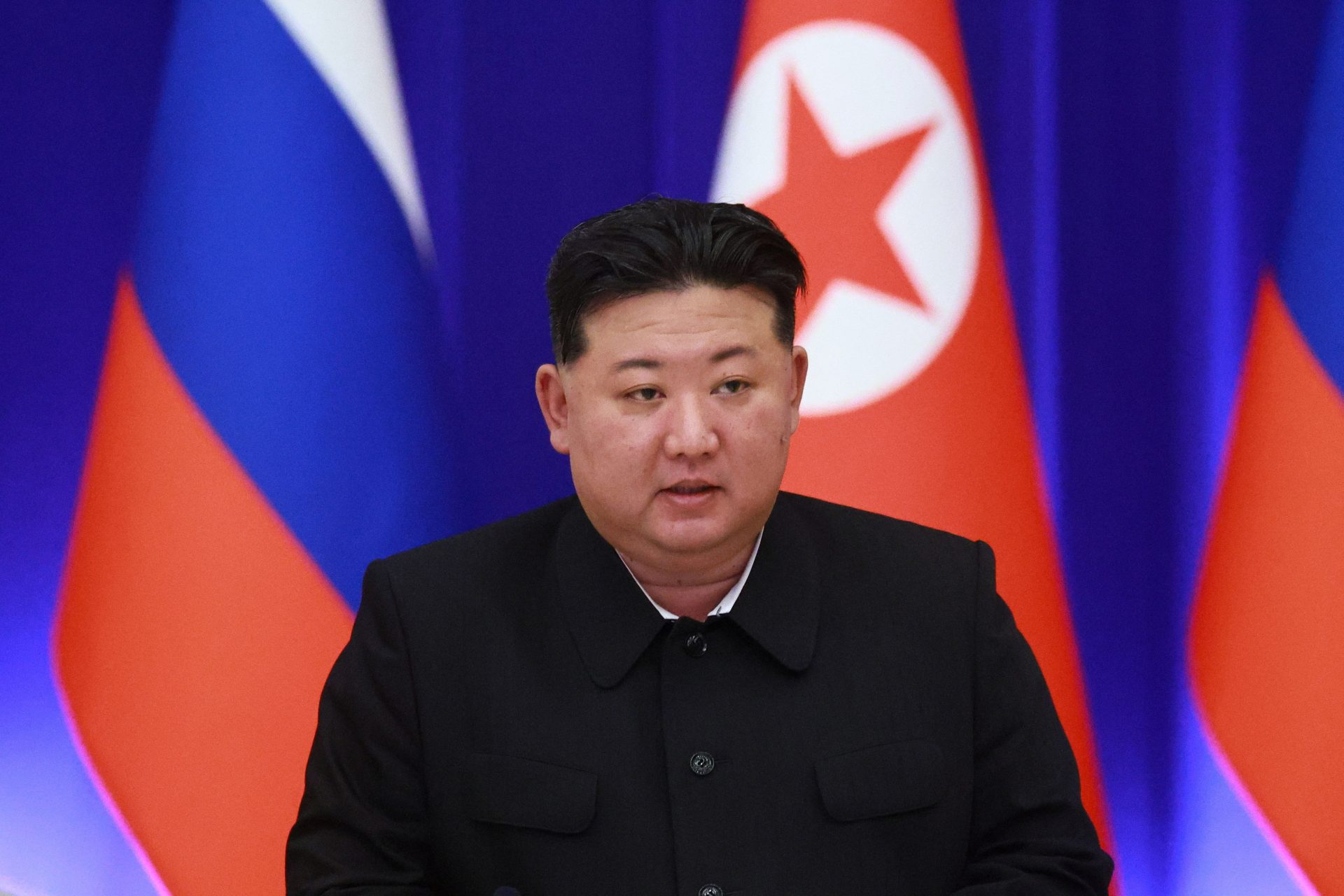The political turmoil behind the pause of the North American trade war
Canada and Mexico achieved a deal with President Trump to delay his promised tariffs for a month after weeks of bracing for a trade war with different approaches and declarations.
Mr. Trump imposed a 25% tariff on the US's closest allies, focusing on the countries' northern and southern borders. The leaders reached agreements hours before the tariffs took effect.
The dialogue came after Canada and Mexico threatened to retaliate with similar tariffs, and experts feared a trade war that would have profoundly affected the three economies.
Mexican media warned about a recession, and Canadian and US media warned about potentially exorbitant prices that would deepen inflationary crises. The countries have tightly tangled industries.
According to the Wall Street Journal, the tariffs would have also sparked confusion for companies who have worked under North American free trade agreements for over three decades.
The current deal, USMCA, replaced NAFTA during President Trump's first term. The agreement will expire in 2026, but Trump Administration officials told the WSJ they wish to rush negotiations.
The potential renegotiation of USMCA and the tariff threat pushed Canada and Mexico to battle each other in crossed declarations and accusations, mainly related to the auto industry and China.
The participation of Canada’s province leaders complicated the relations between Canada and Mexico, particularly after Ontario Premier Doug Ford said that comparing the two nations was offensive.
When President Trump officially signed the tariffs, the leaders of Canada and Mexico said they would discuss the threat but ended up negotiating separately and using different strategies.
Canada’s approach was to place retaliatory tariffs while reminding Mr. Trump that his country would need vital Canadian energy resources if he wished to advance the economy.
The AP said Canada is one of the most trade-dependent countries in the world. Around 75% of its exports go to the US, so the country is also preparing to preserve that market ahead of USMCA negotiations.
Mexico's strategy, on the other hand, is taking things slow. "We have to keep cool heads," Claudia Sheinbaum told the media while reassuring her citizens she would defend the country's sovereignty.
President Sheinbaum threatened with retaliatory tariffs but never specified the amount or industry. She also kept saying that she preferred dialogue to duties.
The country is supporting US deportation efforts at the border. Sheinbaum agreed to add 10,000 National Guard members to oversee drug trafficking in an early Monday phone call with Trump.
Ultimately, Sheinbaum’s slower approach might have proven more effective, as President Trump took several hours and two phone calls to reach a similar agreement with Canada.
More for you
Top Stories



